Regulatory Compliance
The stringent regulations regarding chemical usage in textile manufacturing are influencing the Textile Enzyme Market. Governments and regulatory bodies are increasingly imposing restrictions on harmful substances, prompting manufacturers to seek safer alternatives. Enzymes, being non-toxic and environmentally friendly, are emerging as viable solutions to comply with these regulations. The market is witnessing a shift as companies prioritize compliance to avoid penalties and enhance their brand reputation. This regulatory landscape is likely to drive the demand for textile enzymes, as manufacturers look to align their processes with legal requirements while maintaining product quality.
Cost Reduction Strategies
Cost efficiency remains a crucial factor influencing the Textile Enzyme Market. The use of enzymes in textile processing can significantly reduce production costs by minimizing water and energy consumption. For instance, enzyme-based processes can lower the need for harsh chemicals, which not only cuts costs but also reduces waste management expenses. Reports indicate that companies utilizing textile enzymes can achieve up to a 30% reduction in operational costs. This financial incentive is particularly appealing in a competitive market where profit margins are often tight. As manufacturers strive to optimize their processes, the adoption of textile enzymes is likely to accelerate, further propelling market growth.
Technological Innovations
Technological advancements in enzyme production and application are driving the Textile Enzyme Market forward. Innovations such as recombinant DNA technology have enhanced the efficiency and specificity of enzymes, making them more effective in various textile applications. The introduction of new enzyme formulations tailored for specific fabrics and processes is expanding the market's potential. Furthermore, the integration of automation and digital technologies in enzyme application processes is streamlining operations, thereby increasing productivity. As these technologies continue to evolve, they are expected to create new opportunities for growth within the textile enzyme sector, attracting investments and fostering research and development.
Sustainability Initiatives
The increasing emphasis on sustainability within the textile industry appears to be a pivotal driver for the Textile Enzyme Market. As consumers become more environmentally conscious, manufacturers are compelled to adopt eco-friendly practices. Enzymes, being biodegradable and less harmful than traditional chemicals, are gaining traction. The market for textile enzymes is projected to grow at a compound annual growth rate of approximately 6.5% from 2023 to 2030, reflecting the industry's shift towards sustainable solutions. This trend not only aligns with consumer preferences but also helps companies meet regulatory requirements aimed at reducing environmental impact. Consequently, the demand for textile enzymes is likely to rise as brands seek to enhance their sustainability profiles.
Consumer Demand for Quality
The rising consumer demand for high-quality textiles is significantly impacting the Textile Enzyme Market. As consumers become more discerning, they seek fabrics that not only meet aesthetic standards but also offer durability and performance. Enzymes play a crucial role in enhancing the quality of textiles by improving properties such as softness, color brightness, and overall finish. The market for textile enzymes is expected to benefit from this trend, as manufacturers increasingly adopt enzyme treatments to meet consumer expectations. This focus on quality is likely to drive innovation and investment in enzyme technologies, further propelling market growth.


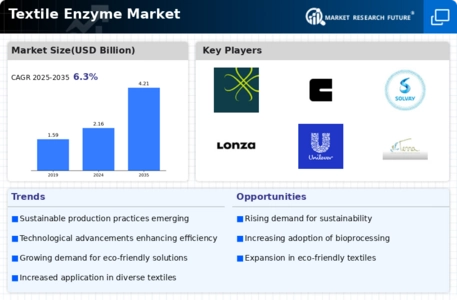
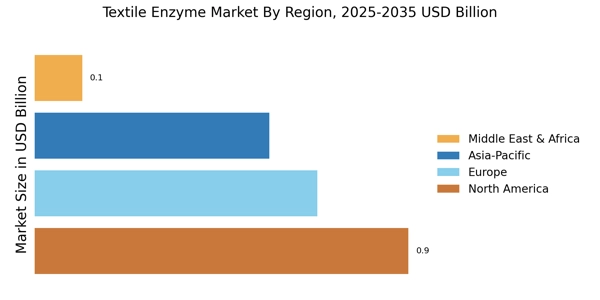
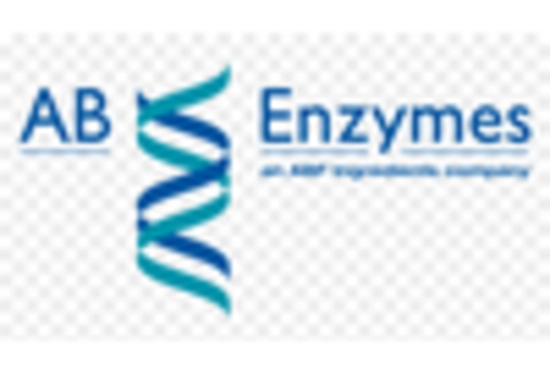


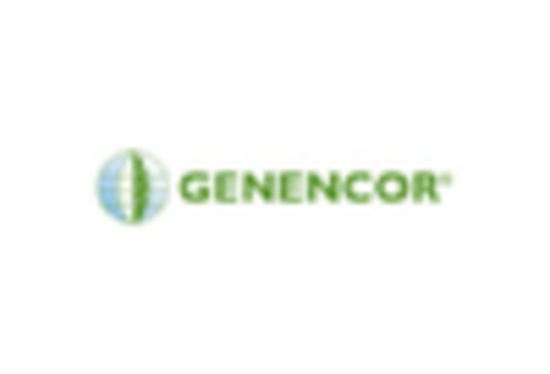

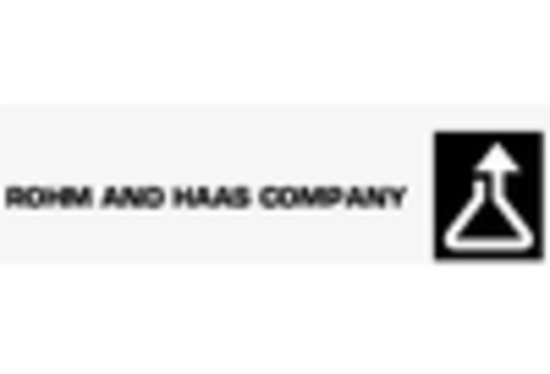








Leave a Comment